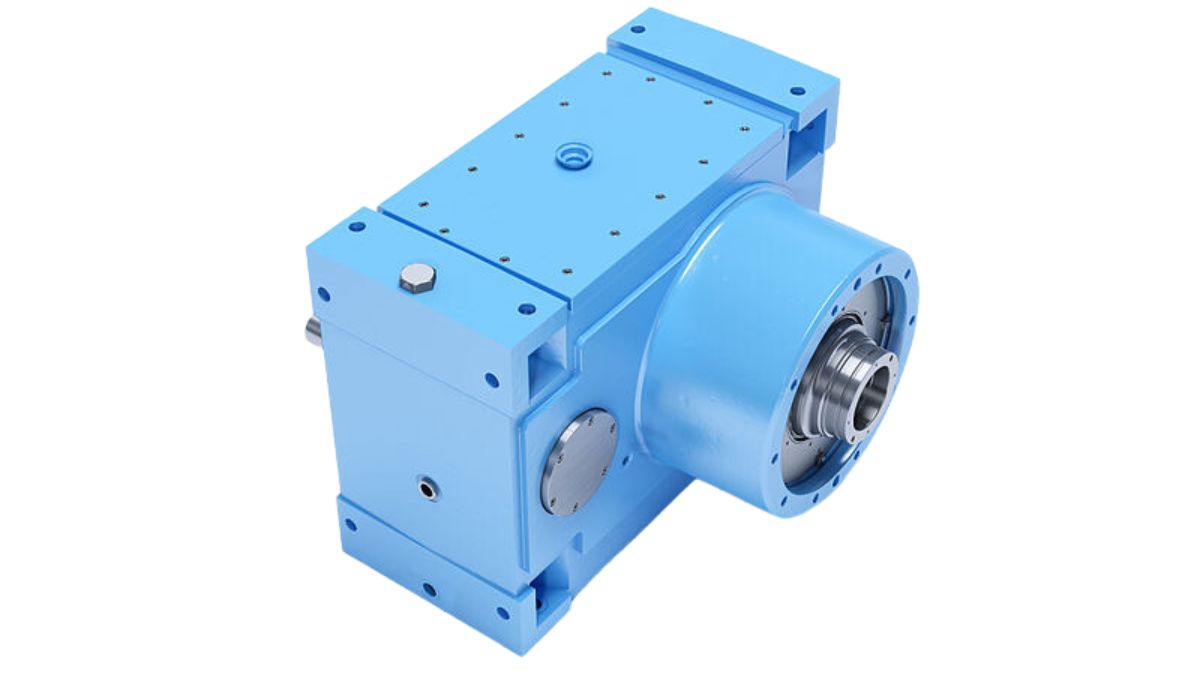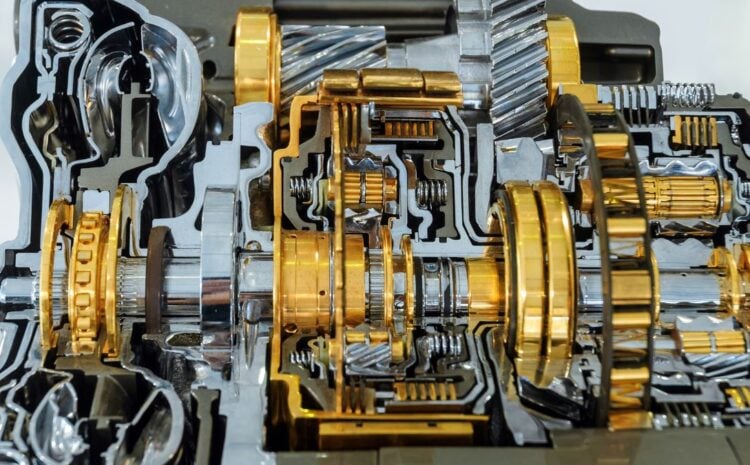The manufacturing world can be as deep and intricate as a novel, with twists and turns reminiscent of a well-written plot. Today, we’re diving deep into the realm of a single screw extruder (SSE), a protagonist in the manufacturing story. Just like a statute of limitations defines boundaries in the legal world, understanding the key advantages and limitations of single screw extruders sets the stage for ensuring efficiency in specific production scenarios.
Historical Glimpse of the Single Screw Extruder
Our journey with the single screw extruder doesn’t start today. Its roots can be traced back to innovators who realized there was a simpler, more efficient way to handle the extrusion process. Through years of trial and error, the single screw extruder has evolved, much like how gearbox repair techniques have adapted to meet the demands of complex gear manufacturing.
Understanding the Mechanism
Before diving into the strengths and weaknesses, let’s break down the essence of an SSE. Picture a screw housed within a barrel. As the screw rotates, materials fed into one end of the barrel are melted, mixed, and forced out from the other end, taking shape as they cool and solidify. It sounds simple, but the beauty lies in its simplicity.
Advantages That Shine
- Consistent Melt Temperature: One of the flagship benefits of the single screw extruder is its ability to maintain a steady melt temperature. This ensures uniformity and consistency in the final product.
- Versatility: From plastics to food, the single screw extruder is like that versatile actor who fits almost any role. Its widespread applicability is one of its major selling points.
- Cost-Effectiveness: When you’re budgeting, every penny counts. Much like opting for a gearbox repair instead of a complete overhaul, using a single screw extruder can often be more cost-effective, particularly regarding operational costs.
- Ease of Maintenance: Simplicity in design often translates to fewer hiccups along the way. With fewer parts and a straightforward design, maintaining a single screw extruder can be as hassle-free as maintaining a well-oiled machine.
- Efficient Material Feeding: Just as a well-managed gear manufacturing process ensures each cog fits seamlessly, single screw extruders ensure consistent feed rates, leading to steady production.
The Flip Side: Limitations
However, as with anything, there’s a statute of limitations on what single screw extruders can accomplish:
- Material Slippage: Some materials are hard to get. For them, a single screw extruder might not be the knight in shining armor due to challenges in obtaining a consistent grip.
- Not All Materials Are Friends: As gearbox repair techniques vary depending on the type, some materials don’t vibe well with single screw extruders. They might need a different touch—a twin, perhaps?
- Wear and Tear: Like all machinery, prolonged use can lead to wear, especially compared to their twin-screw counterparts.
- Mixing Limitations: Sometimes, materials require a dance of intricate blending, which might be a little out of the single screw extruder’s comfort zone.
A Quick Peek at the Twin
Speaking of twins, let’s not sideline the twin-screw extruder. Think of it as the elder twin with two screws working in tandem. They have their unique strengths, especially when it comes to handling trickier materials. However, today, our spotlight remains on the single screw extruder.
Tailored for Industries
Many industries harness the strengths of single screw extruders. The world of plastics and polymers holds them in high regard. Step into a food processing facility, and chances are you’ll spot one diligently operating. Likewise, the chemical sector is also aboard the single screw extruder bandwagon.
Making the Right Choice
Choosing the right extruder is akin to selecting the best gearbox repair method. Consider the material, evaluate your production volume, and weigh in the desired quality. And, of course, keep an eye on that budget. Research, ask around, and maybe even test a few out. Remember, the best choices are well-informed ones.
Conclusion
The world of extruders is vast and varied. And while the single screw extruder shines in many scenarios, understanding its statute of limitations is crucial. It’s the balance between its advantages and its limitations that will help you decide whether it’s the right protagonist for your manufacturing story. After all, even in gear manufacturing, it’s not just about creating; it’s about creating smartly.



